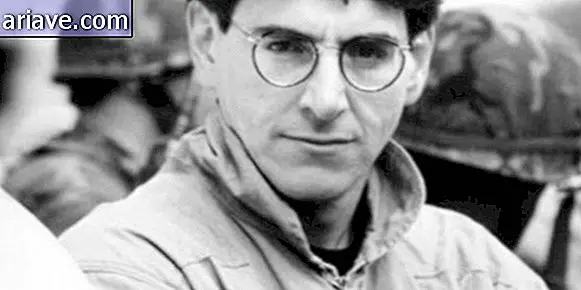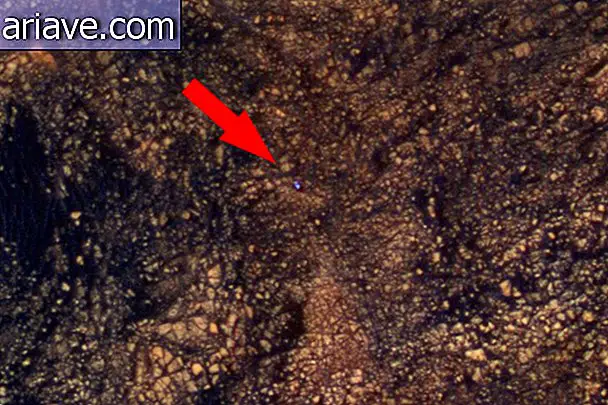NASA studies ways to contain supervolcano that can destroy humanity
It is no secret that the center of the earth is made up of volcanoes, lots of lava and magma. If you have ever wondered how all this force and heat do not reach the surface, you know, someday it can happen. And the middle would be the eruption of a supervolcano, like the one below the Yellowstone National Park in the United States.
This supervolcano would be so strong that its eruption could lead to the end of humanity, not only by the destruction of its surroundings, but also by the cooling of the planet thanks to a possible volcanic winter - as what left Europe a whole year without summer - whose This would include cooling the air and covering the sun, reducing agricultural production and leading to hunger.

If that happened, UN reports estimate that food would no longer be produced for a long time, and what we have in reserve would last only 74 days. Scary, isn't it? On the bright side, the Yellowstone volcano is only active every 600, 000 years, according to scholars. The bad side? The last time was exactly 600, 000 years ago.

That's right, it has raised a warning in US research institutions, such as NASA itself, that have been studying ways to contain the blast and, moreover, be able to use all of this accumulated energy to generate energy through a geothermal plant.
The most logical solution would be to contain the volcano and prevent the explosion by using water. Why is this path not possible? Who explains is scientist Brian Wilcox of NASA's Jet Propulsion Laboratory. "Building a large aqueduct in a mountainous region would be expensive and difficult, and people don't want water to be spent that way. People are desperate for water all over the world and therefore a big infrastructure project where the only The way it is used is to cool a supervolcano, it would be very controversial. "

Although he acknowledges this, there is no cheap way to fight a supervolcano. So NASA's plan to deal with this threat would cost the US coffers $ 3.46 billion. Their idea is to use only the required amount of water, but strategically pour it through a 10-kilometer high-pressure drill using the sides of the volcano, not its top.
Part of that cost, however, could be reversed by setting up a geothermal plant on site that would generate cheap - and sustainable - electric power!

If the idea works, the rest of the world can be inspired to apply similar solutions, as NASA estimates that there are several other supervolcanoes on the planet and that on average one such eruption occurs every 100, 000 years on the planet.
***
Do you know the Mega Curioso newsletter? Weekly, we produce exclusive content for lovers of the biggest curiosities and bizarres of this big world! Register your email and do not miss this way to keep in touch!











